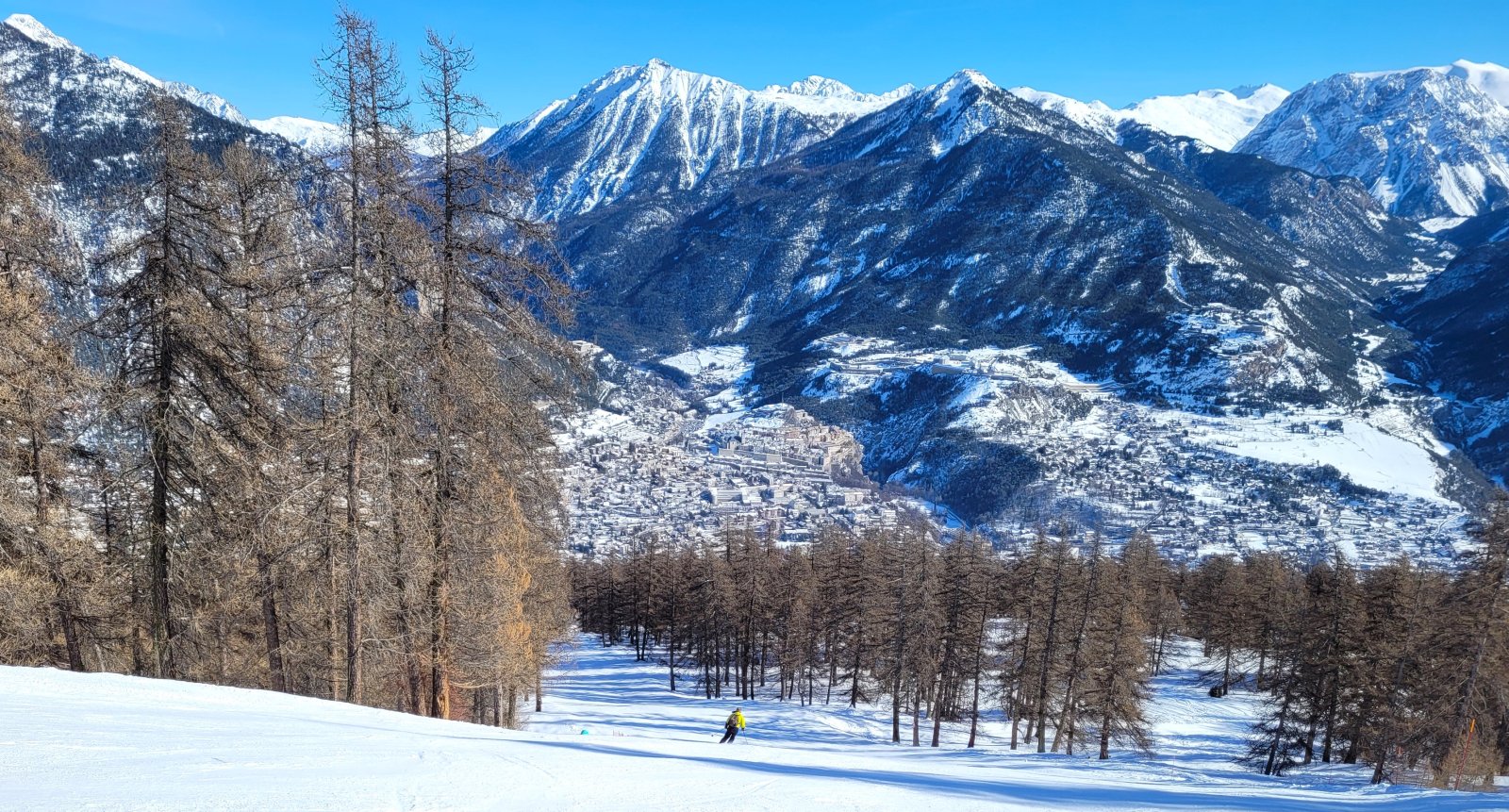by James Michaud
Over the years, I’ve written a number of articles about skiing at sprawling European mega resorts – circuits so extensive that we North Americans often gaze at them from across the ocean in stunned disbelief. So big that you can spend half a day just going from one end to the other and where you can go three or four days without repeating much if anything if you’re so inclined. So sprawling that they have a seemingly inexhaustible amount of offpiste acreage to go along vertical drops that are often north of 4,000 vertical feet. It takes a bit of time to come to terms with that much lift-served terrain at your disposal!
If that weren’t enough, the infrastructure at these winter metropolises is usually as stunning as the natural assets, including chairlifts, gondolas, funiculars, and trams outfitted with cutting-edge technology that only makes it to our side of the Atlantic years and sometimes decades later. And when it comes time to take a food-and-beverage break, these sprawling behemoths offer dozens of atmospheric restaurants, cafés, and bars that often provide a level of cuisine that we only see at posh stateside resorts here like Sun Valley, Aspen, and Deer Valley. We’re talking about places so pleasant that you actually want to stay for a while and relax instead of hurriedly consuming your food and running back to the lifts.
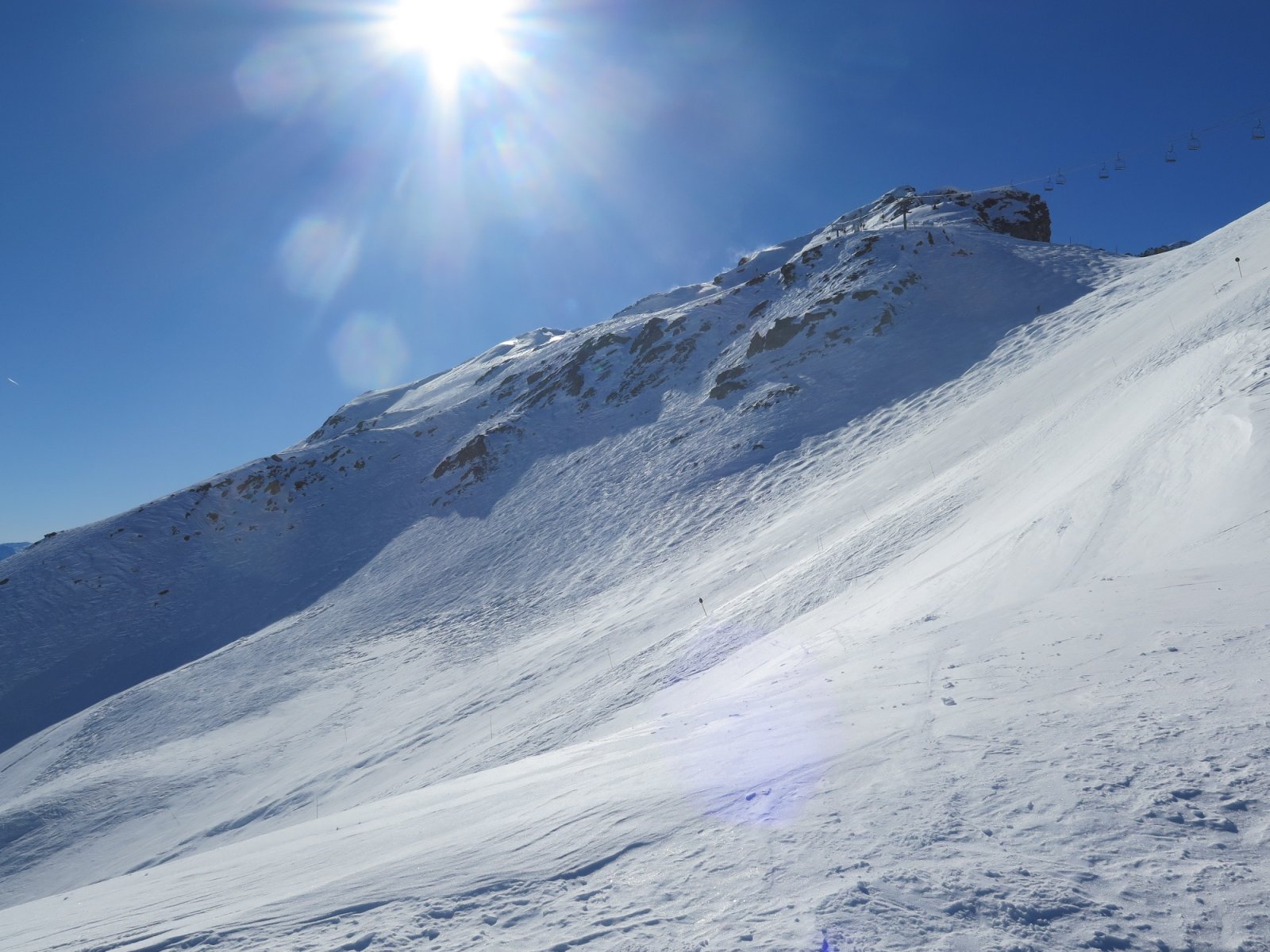
Of course; like most things in life, there are a couple caveats to consider when planning a visit to a Euro mega resort. Most prominently is the importance of avoiding obvious peak periods (specifically Christmas/New Year’s and the February European school holidays) when major trails can transform quickly into crowded autobahns. Also, peak hordes can lead to big disorganized liftlines (Euro ski areas generally don’t use corrals or instruct lifties to fill all the seats on chairs). Most critical for me is how the authentic local culture often disappears under the industrial-level infrastructure required to process thousands of customers at a time.
That’s why I was happy last winter to find a mega resort in the southern French Alps that pulls off the feat of having virtually all of the positive attributes above and very few of the negatives: Serre Chevalier. Long regarded as a bit of an off-the-beaten-path choice amongst European destination skiers, “Serre Che” has gained an increasing following as a “big show” that manages to deliver the on-snow goods while retaining its local charm and avoiding many of the pitfalls found in other monster ski areas just to its north.

With 10,000 acres of skiable terrain stretching 8.5 miles across and up to 3 miles deep, Serre Chevalier is certainly one of western Europe’s larger interconnected circuits. Featuring a dominant northern exposure and 80% of the slopes above 2,000 meters, the snow they get tends to stay in good condition. Equally important, Serre Chevalier is far enough south that it escapes virtually all of the destructive rains that come in off the Atlantic.
While standing at the ridgeline looking out across the peaks in the Parc National des Écrins spread out in front of you, it’s clear that Serre Chevalier offers pretty much whatever you want terrain-wise: vast bowls, natural halfpipes, long rolling groomers, gullies, steeps, etc. It’s a paradise for all levels of skiers and especially for those who love the off-piste. Also, without much in the way of in-bound terrain traps or cliffs, you don’t necessarily need a guide to go poking around its alpine sectors.
Still, Serre Chevalier’s real market differentiator is something relatively unique in Europe — its forests grow to a noticeably higher altitude than trees in the rest of the Alps, resulting in what many regard as the best glade skiing on the continent.

The first morning, our guide Julien, a friendly and welcoming instructor from the French Ski School, gave us a tour of his favorite treed areas. Since quite a few of them weren’t easily spotted from lifts, his hometown knowledge gave us a better appreciation of why Serre Chevalier earns a perennial #1 position in the Top 10 Weather-Proof Ski Resorts in Europe list posted by the well-regarded British website Weather To Ski.
In short: whenever there’s new snow, you can play in the extensive upper half of the terrain and when visibility is poor during storms, you can head for shelter in the trees on the lower half of the mountain – something that’s not necessarily available at many European ski resorts. Likewise, if it’s been a while since a recent storm, you can almost always find stashes of untouched snow in the well-spaced larch sectors.
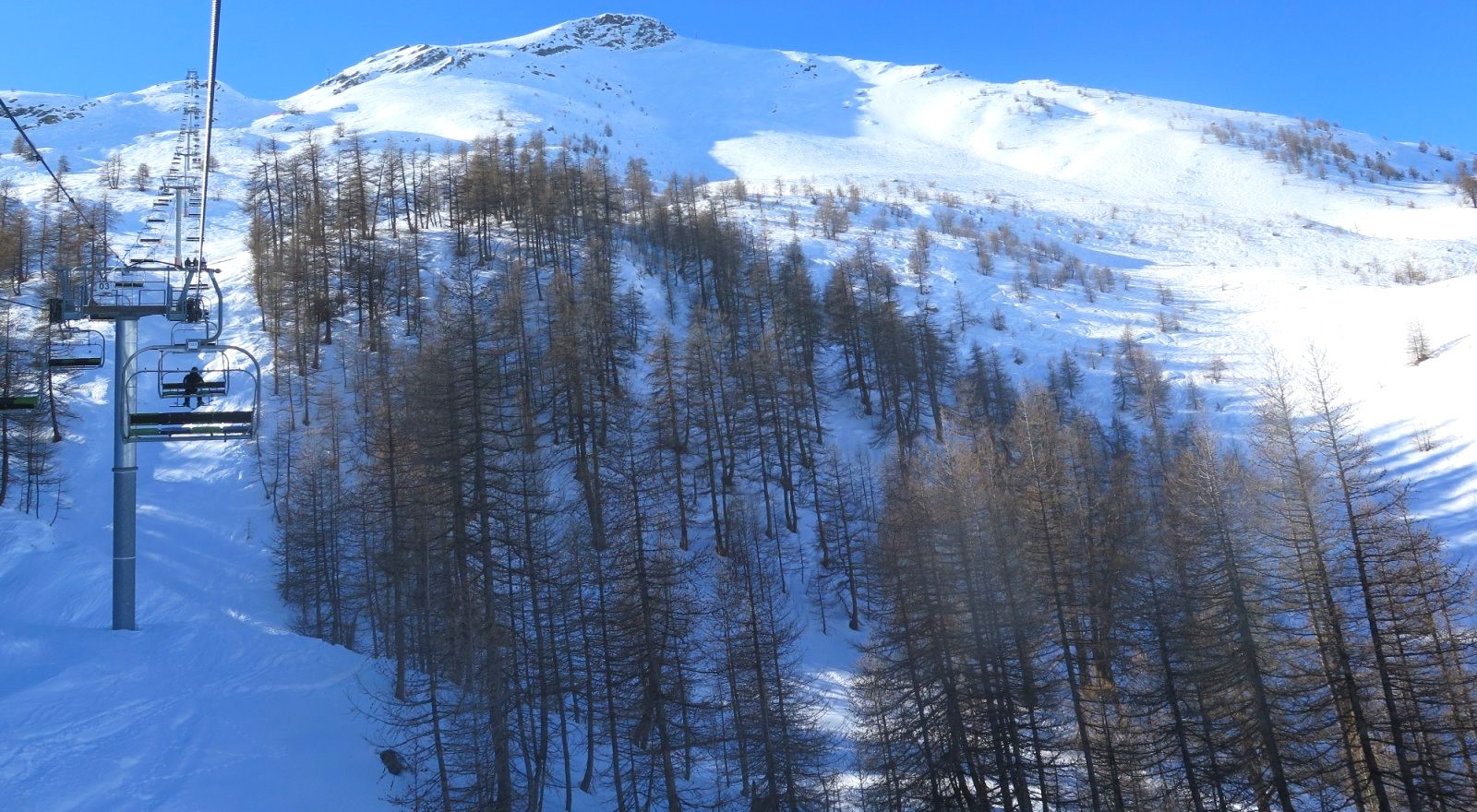
After quickly establishing Serre Chevalier’s skiing gravitas, we got to see other unique aspects that make it more than another French mega circuit. Foremost is that it’s the only ski resort in France that co-exists alongside a town of more than 10,000 inhabitants, Briançon, which also happens to be the highest city in the Alps. It offers a historic car-free old town, beautiful churches, and lots of tempting restaurant choices – plenty to keep you occupied on a day off from skiing.
Briançon also scored points for convenience. I stayed at an inexpensive B&B in town that was only a five-minute drive to ample free parking just a short walk from the lifts (plus a five-minute drive in the opposite direction to the all-important Lidl supermarket for supplies). Equally important, Briançon serves as a picturesque backdrop for the stunning valley run that takes you 4,000 vertical feet down the entire Prorel sector: a memorable moment on a sunny day.
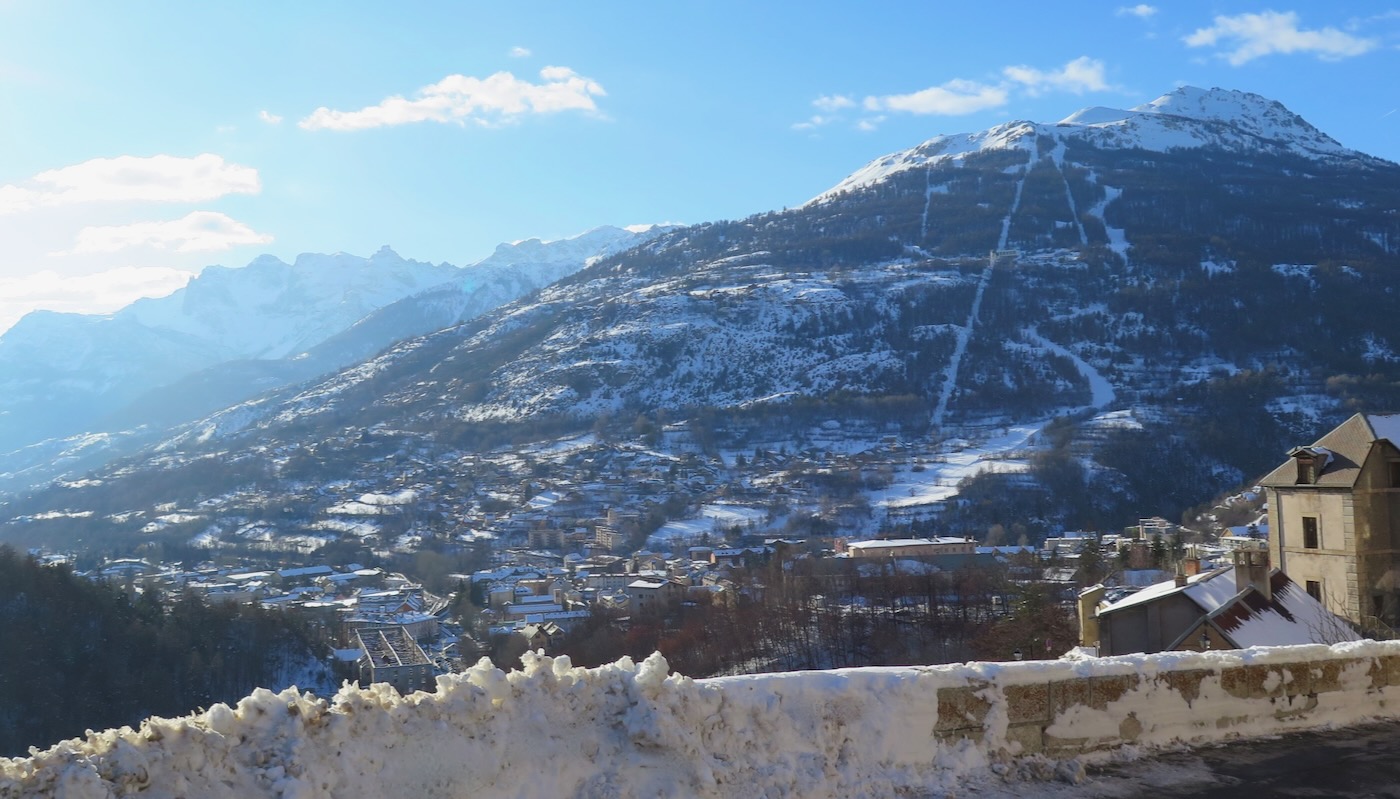
In addition to the varied food-and-beverage huts spread throughout the ski area, it was impressive to see three gorgeous picnic areas equipped with BBQs. We also stopped at a cute sugar shack (similar to the ones we see in Quebec) that offers honey taffy instead of maple syrup. Wherever we went, people seemed relaxed and pleasant, reflecting the Provencial friendliness of southern France.
Another interesting point that I wasn’t expecting – after noticing wind turbines along the looker’s left ridge lines, we learned that since 2006 Serre Chevalier has put a big initiative in place to limit its impact on the environment by aiming to produce 30% of its electricity need with renewable energies by 2025 and significantly reduce its consumption and greenhouse gas emissions. I’m not aware of any large resort in North America going to that level of effort.
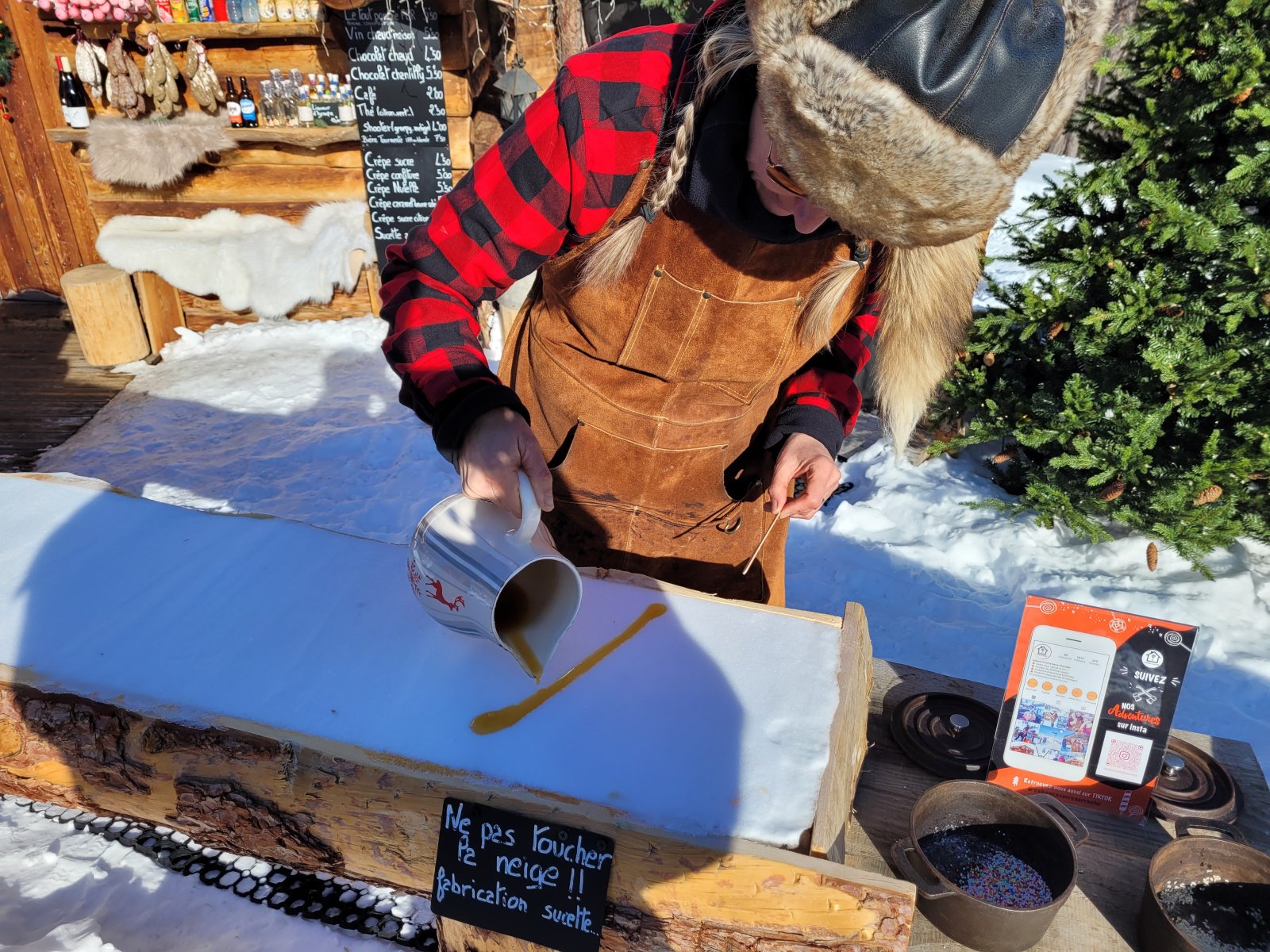
One of few recurring criticisms I’d heard over the years about Serre Chevalier was that there were a number of older slow chairs and surface lifts that impacted uphill capacity. Maybe that had been the case a while back; however, even with sizable crowds during our visit, we encountered no lift-related bottlenecks during our stay. It appears that resort owner Compagnie des Alpes is systematically updating the uphill transport, including the replacement of their historic Fréjus “egg” gondola from 1968 – something that will make the high-speed crowd happy, but might sadden retro lift geeks.
Access
For East Coast-based skiers, the most convenient gateway is through the airport at Milan, 2.5 hours to the east of Serre Chevalier. The Italian Via Lattéa (Milky Way) resorts of Sauze d’Oulx and Montgenevre are literally right along the way, just east of the French border – allowing you to create a nice seven- or eight-day visit without spending an inordinate amount of time behind the wheel. For expert skiers, just 24 miles west of Serre Chevalier are the legendary steeps of La Grave.
For more photos and descriptions, see the trip report from late January 2023.

